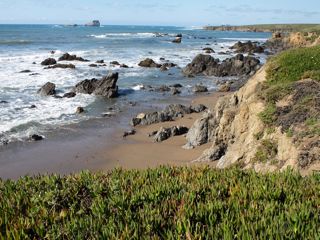
-
| 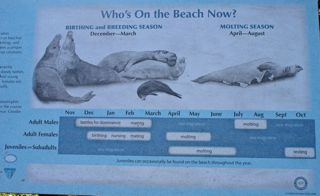
-
| 
-
|
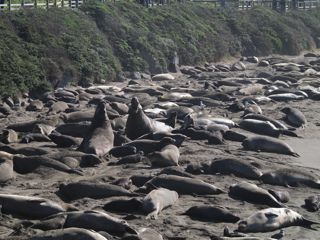
-
| 
Males fighting - See Movie or
iPhone version
| 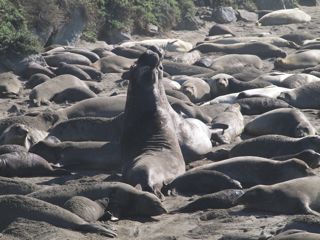
-
|
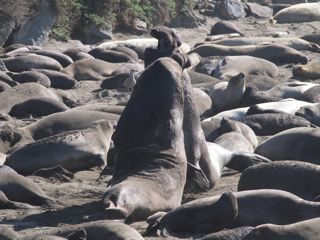
-
| 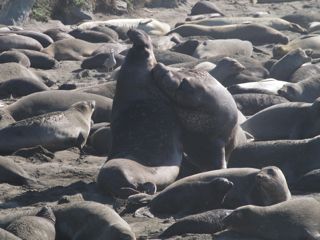
-
| 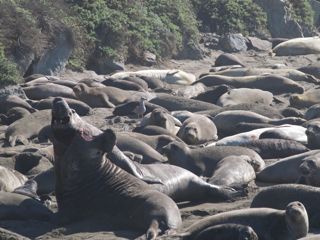
-
|
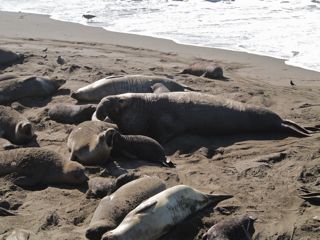
-
| 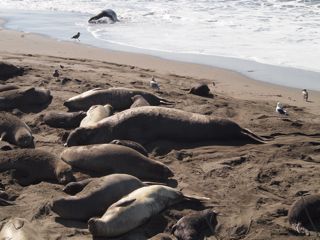
-
| 
-
|
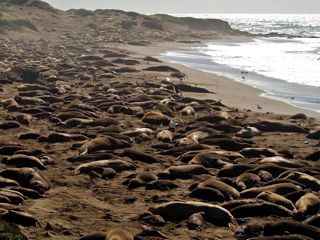
-
| 
-
| 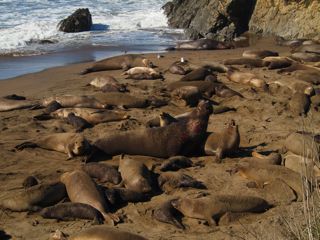
-
|
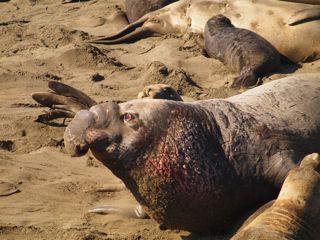
-
| 
-
| 
-
|
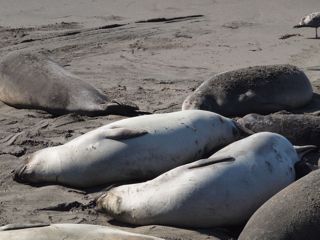
-
| 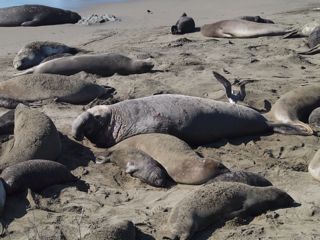
-
| 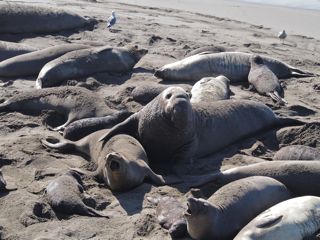
-
|

-
| 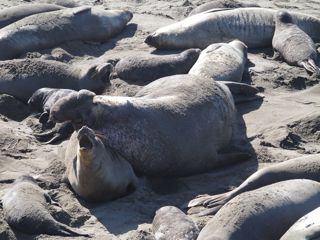
-
| 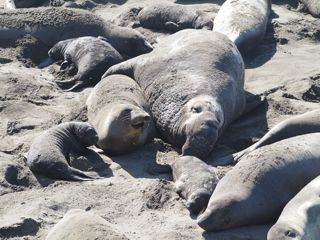
-
|
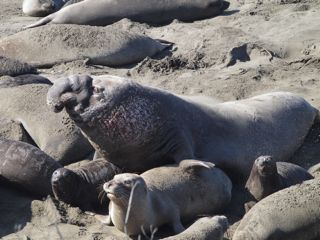
-
| 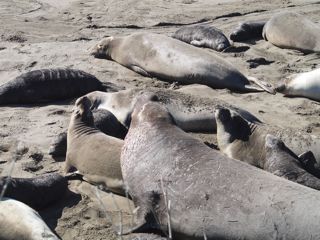
-
| 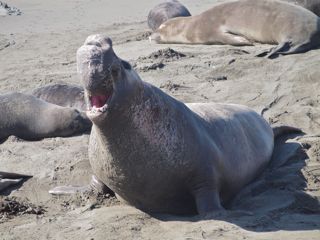
-
|
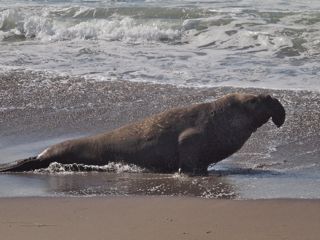
-
| 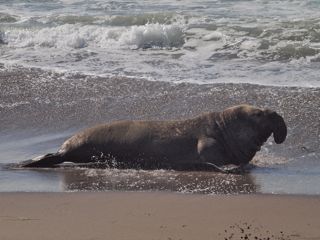
-
| 
-
|
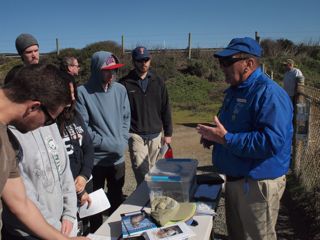
-
| 
-
| 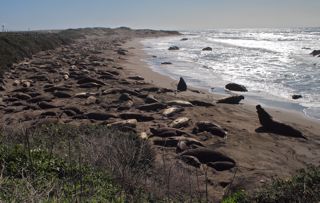
-
|

-
| 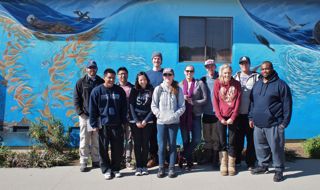
-
| 
-
|
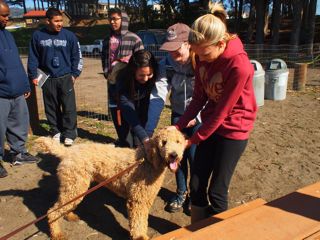
-
| 
-
| 
-
|
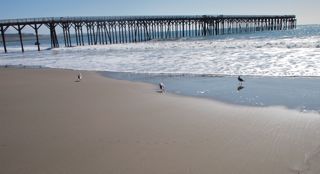
-
| 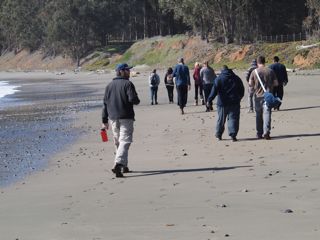
-
| 
-
|
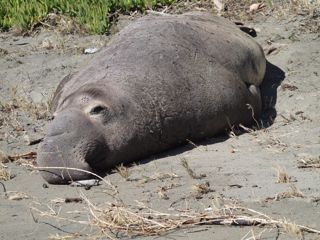
-
| 
-
| 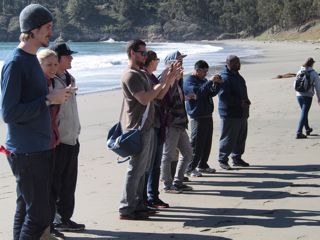
-
|
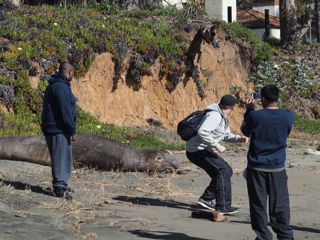
-
| 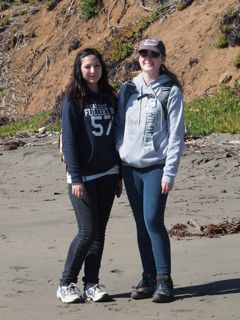
-
| 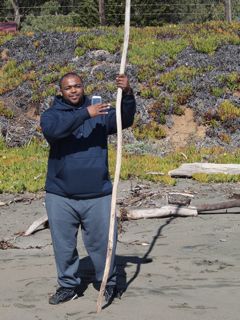
-
|
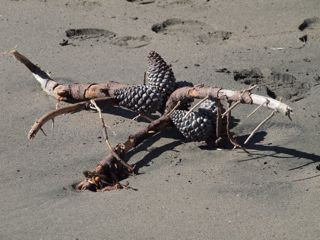
-
| 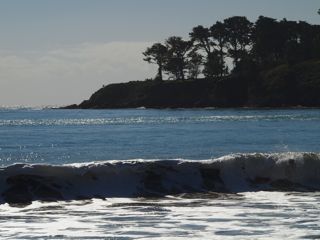
-
| 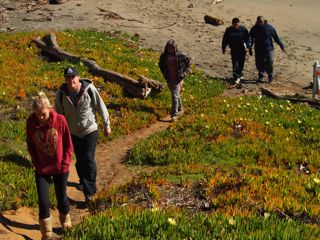
-
|
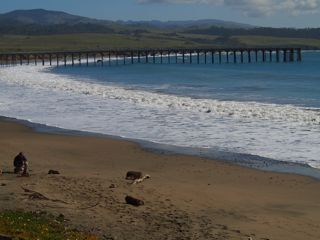
-
| 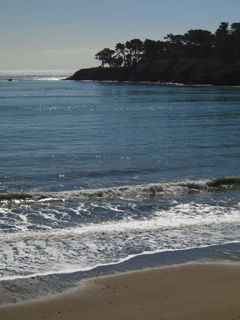
-
| 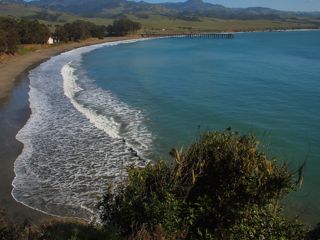
-
|
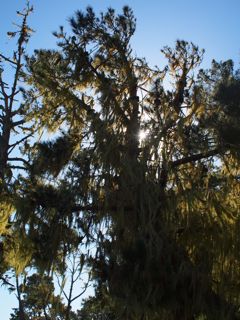
-
| 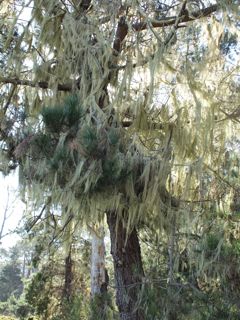
-
| 
-
|
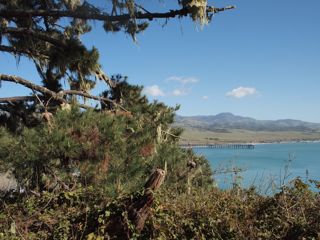
-
| 
-
| 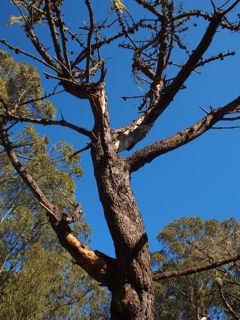
-
|

-
| 
-
| 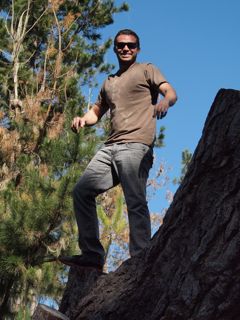
-
|
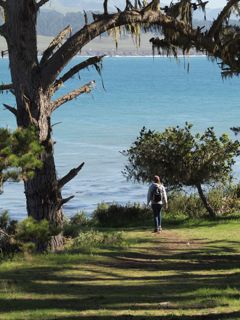
-
| 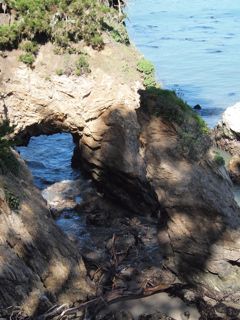
-
| 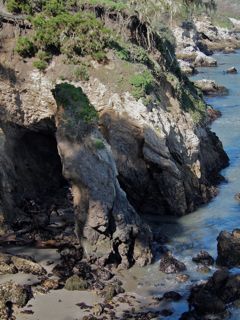
-
|
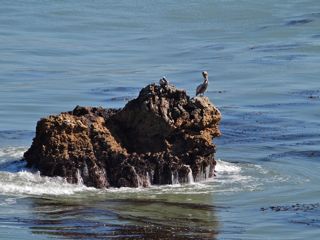
-
| 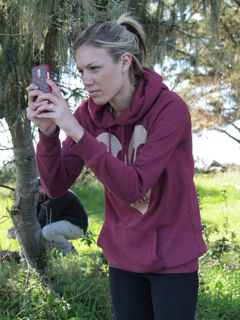
-
| 
-
|
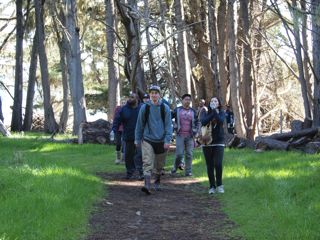
-
| 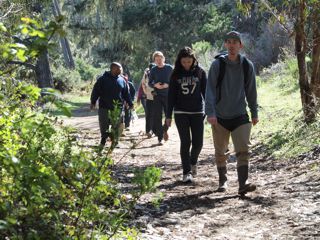
-
| 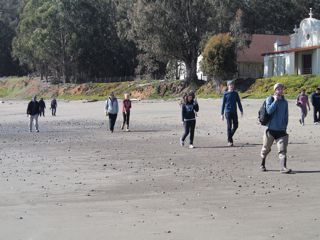
-
|

-
| 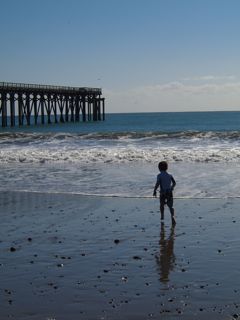
-
| 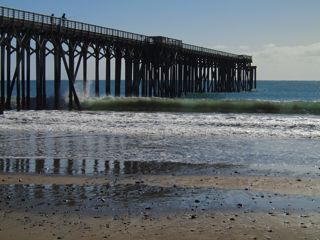
-
|
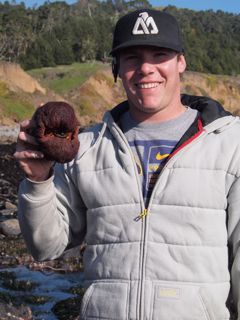
Giant gumboot chiton (Cryptochiton stelleri)
| 
-
| 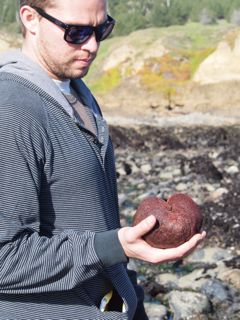
-
|
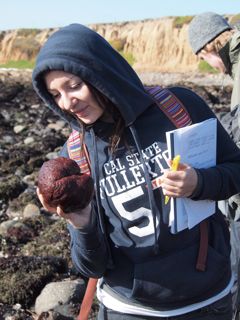
-
| 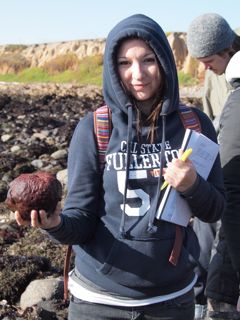
-
| 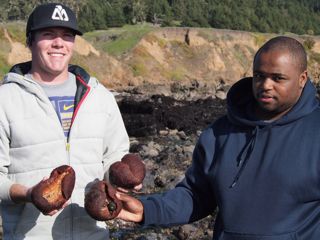
-
|
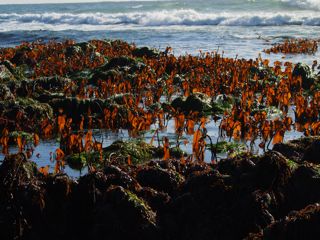
Laminaria dentigera
| 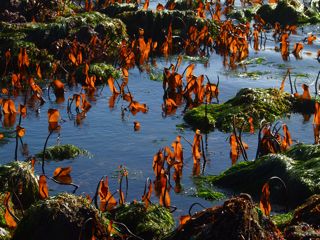
-
| 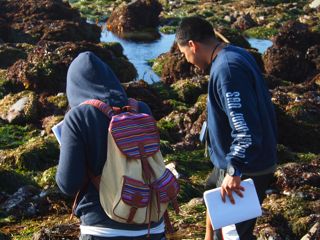
-
|

-
| 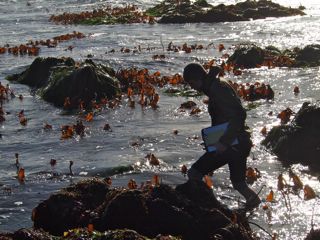
-
| 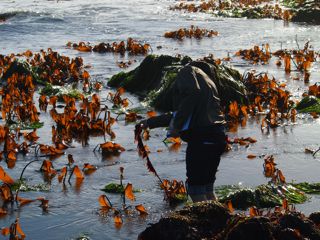
-
|
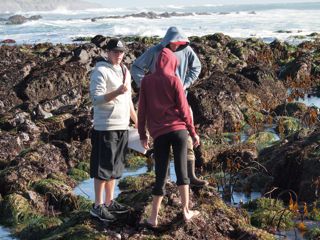
-
| 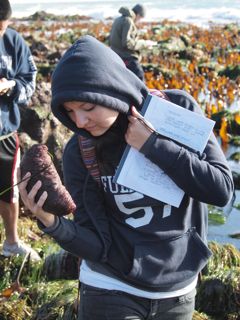
-
| 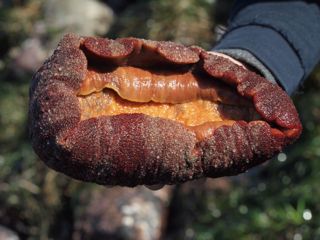
-
|
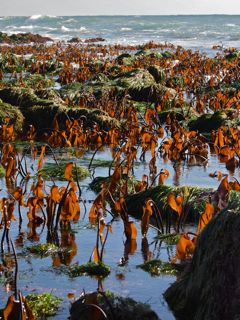
-
| 
-
| 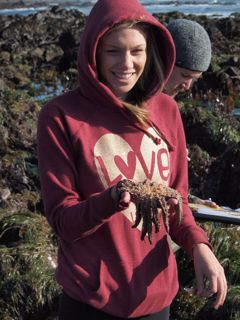
-
|
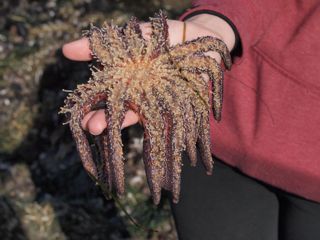
-
| 
Sunflower star (Pycnopodia helianthoides)
| 
-
|
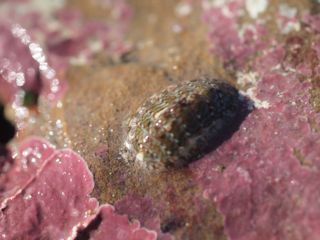
Cyanoplax berryana (Eernisse)
| 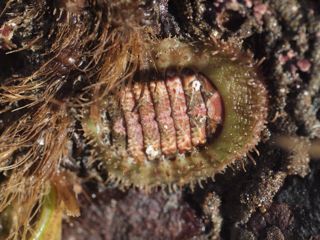
Veiled chiton (Placiphorella velata)
| 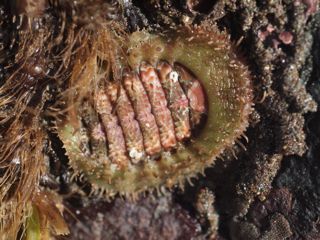
P. velata is ambush predator, like a venus flytrap.
|

East Pacific red octopus (Octopus rubescens)
| 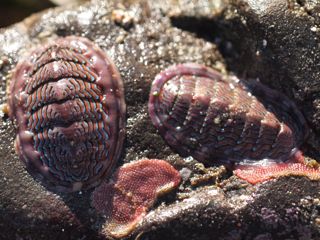
Loki's lined chiton (Tonicella lokii)
| 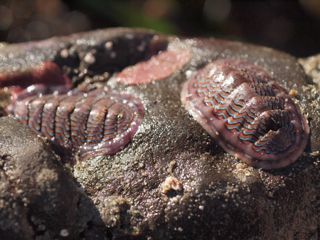
-
|
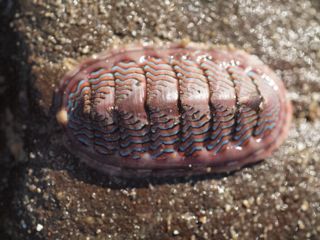
-
| 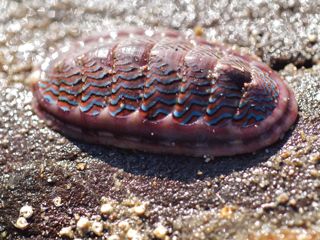
-
| 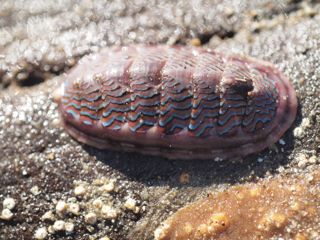
-
|
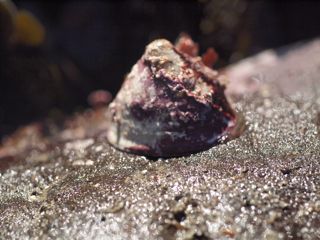
Like T. lokii, the duncecap limpet (Acmaea mitra) is a specialist grazer
on coralline encrusting algae.
| 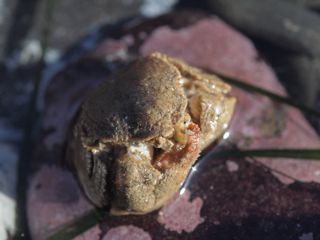
Furry crab (Hapalogaster cavicauda) is an anomuran crab, related to hermit crabs.
| 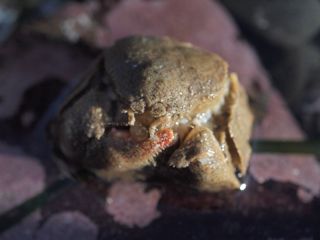
-
|
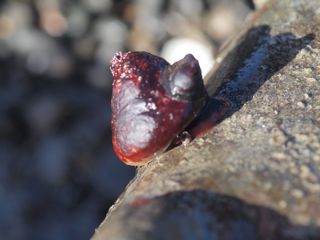
-
| 
-
| 
Brown turban snail (Chlorostoma brunnea) with a pair of suspension-feeding
slipper limpets (Crepidula adunca)
|

-
| 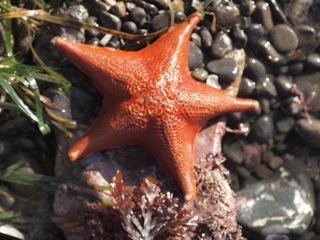
-
| 
Blue topsnail (Calliostoma ligatum) and other members of its genus are unusual for their
family in having a carnivorous diet.
|
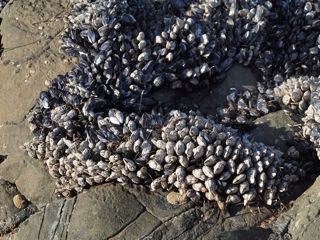
-
| 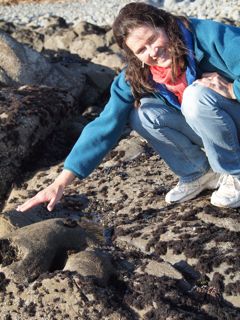
-
| 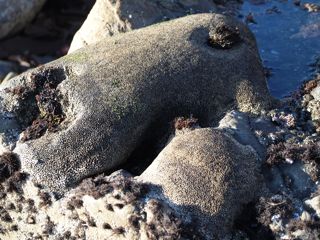
The clonal spionid (Cirratulidae) polychaete, Dodecaceria fistulicola, biomineralizes a tough
mound-like skeleton made of aragonite, a calcium carbonate crystal, as described by CSULB professor, Dr. Bruno Pernet and coauthors (Fisher et al., 2000;
FACIES 42: 35-49).
Aragonite fossils for this group of polychaetes first appeared in the Oligocene epoch (34 to 23 million years before the present) according
to Taylor et al. (2010; Journal of Structural Biology 171: 402-405).
|

-
| 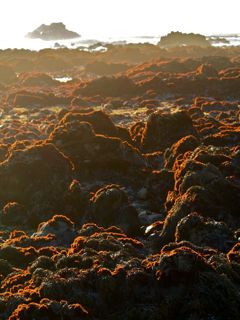
-
| 
-
|
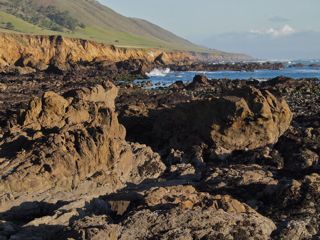
-
| 
-
| 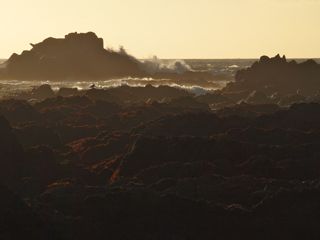
-
|

-
| 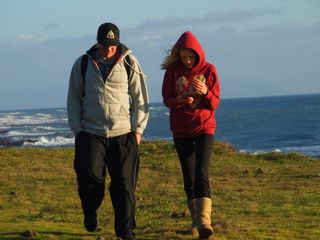
-
| 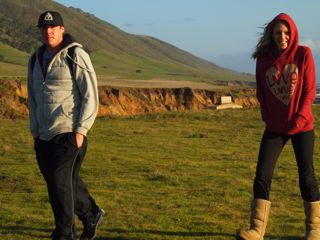
-
|
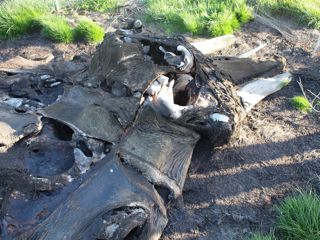
-
| 
-
| 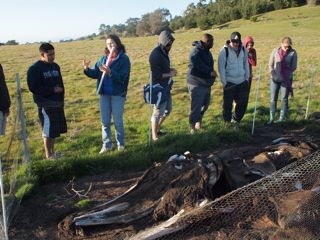
-
|

A young 22 foot long grey whale (Eschrichtius robustus) recently
washed up on the beach at Rancho Marino Reserve, apparently the victim of a pod of orca whales (Orcinus orca). As cruel as it sounds,
they eat the tongue and leave the rest.
| 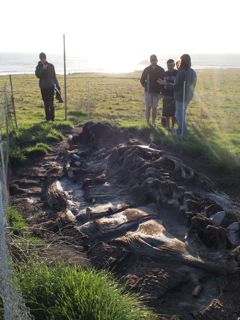
-
| 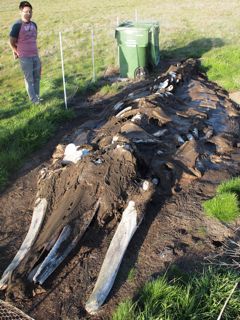
-
|
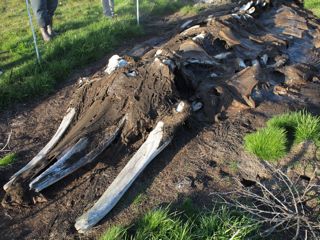
-
| 
-
| 
This sunburst anemone (Anthopleura sola) and the one in the next image were side by
side and both had an empty limpet shell above their mouth. Hmmm.
|
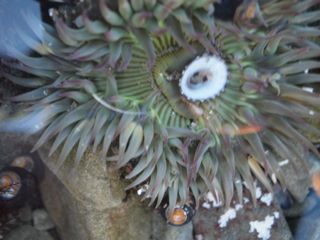
-
| 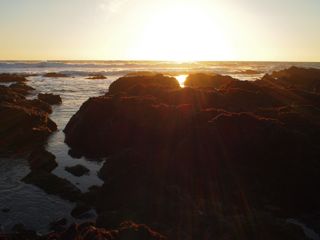
After half of the students left, some of us went out again below our camp to
explore some more tidepools and watch the sunset.
| 
Black turban snail (Chlorostoma funebralis)
|
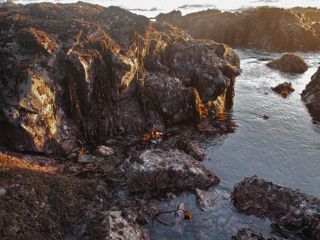
-
| 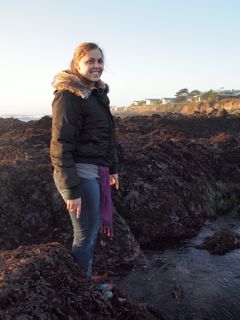
-
| 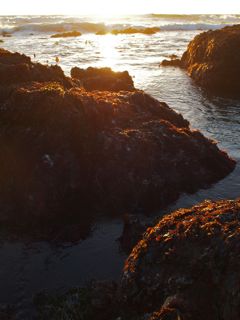
-
|
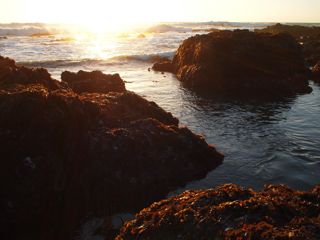
-
| 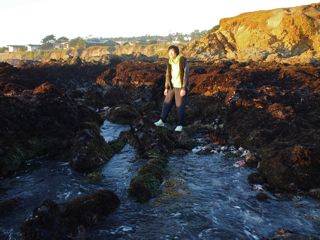
-
| 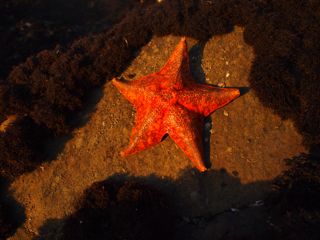
-
|
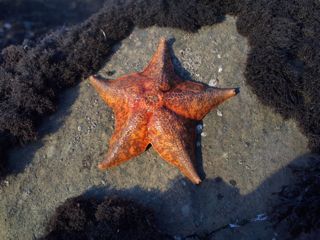
-
| 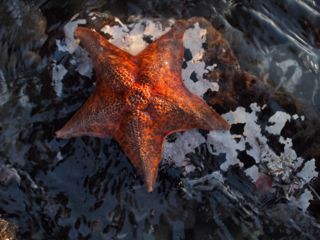
Bat star (Patiria miniata)
| 
-
|

Another red octopus, not looking very red at the moment.
| 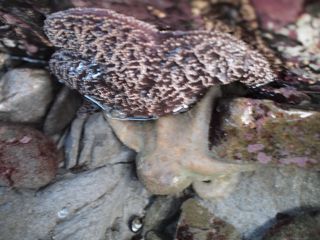
-
| 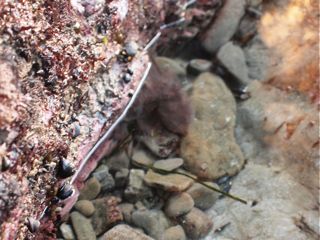
Now it is a bit redder, about when it inked and sped away.
|

A black limpet (Lottia asmi) on a black turban snail
| 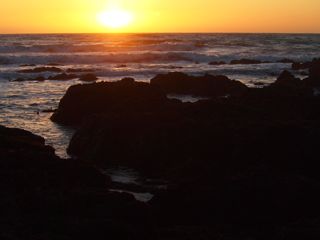
-
| 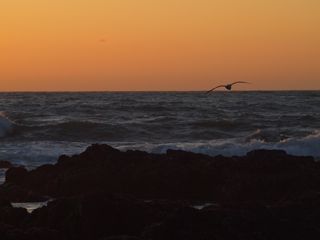
-
|
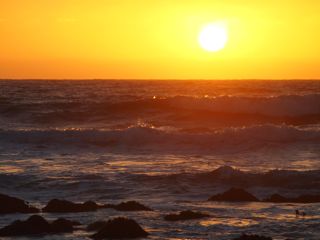
-
| 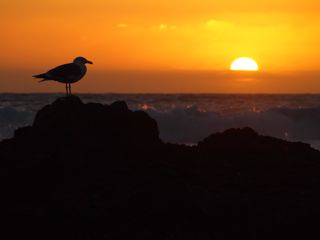
-
| 
-
|
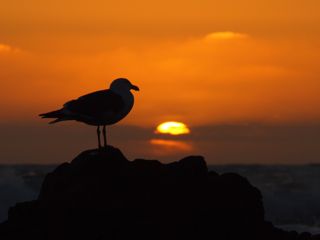
-
| 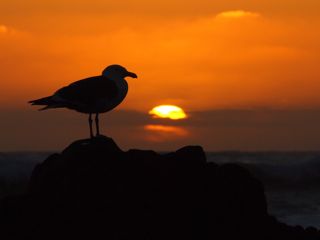
-
| 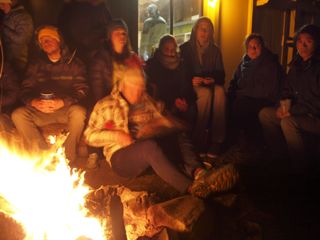
We joined a UCLA phycology class back at the campfire.
|
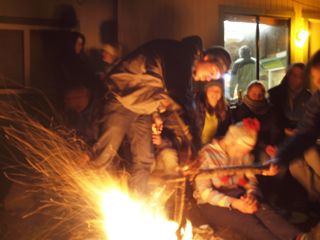
-
| 
-
| 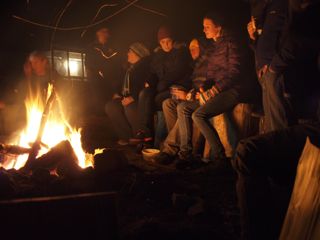
-
|
 Under Construction!
Under Construction! Under Construction!
Under Construction!